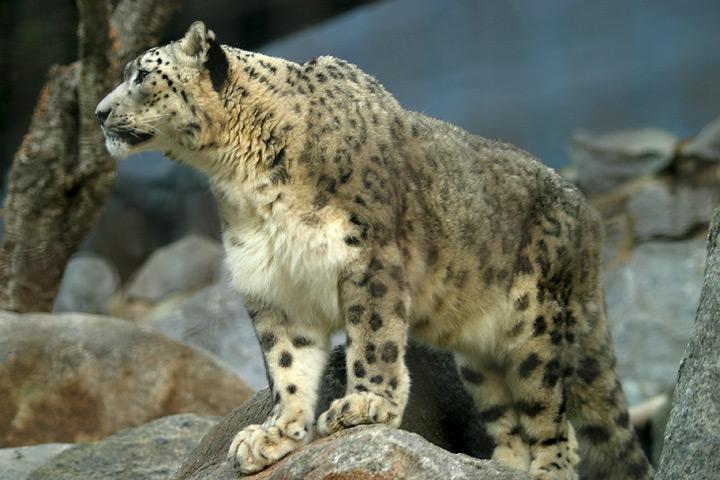The UN Convention on Migratory Species (CMS) has launched the Central Asian Mammals Migration and Linear Infrastructure Atlas to help ensure the survival of migratory wildlife in the region.

Featured in the Atlas are the Asiatic Cheetah, the Snow Leopard, as well as antelopes, deer, gazelles, wild horses and yaks which undertake long-distance journeys across the steppes, deserts and mountains of Central Asia to reach their feeding and breeding grounds. They depend on interconnected landscapes for their well-being and ultimately their survival.
However, the grasslands and deserts of Central Asia are increasingly being fragmented and even destroyed. Railways, fences and pipelines cut though open landscapes thereby constituting an often-unsurmountable barrier to animal movement.
Ecological connectivity is the unimpeded movement of species and the flow of natural processes that sustain life on Earth. Once the connectivity of these landscapes is interrupted, many large mammals are not able to roam freely – with adverse effects on their chances of survival.
The Atlas has been launched in the run-up to the 13th meeting of the Conference of the Parties to CMS (COP13) to be held in India from February 15 to 22, 2020. Ecological connectivity will be a core theme of COP13. To save nature in an increasingly fragmented world, the concept of connectivity needs to be incorporated in conservation efforts at all levels, from global to local, the CMS reasons.
The Atlas contributes to this: In addition to showing where animals migrate, the Atlas depicts linear infrastructure such as fences, railways, roads or pipelines that can interfere with the free movement of endangered populations of large wide-ranging animals.
The information on the distribution and movements of migratory animals will help decision-makers to plan and implement infrastructure projects to make them migratory wildlife friendly or, for infrastructure already in place, retrofit them to mitigate or eliminate their barrier effect, says the UN body.
The dramatic increase of railways, roads, pipelines and canals are beleived to be a major threat to migratory animals. These barriers to migration fragment wildlife habitat, isolate populations and prevent access to forage and water, adds the CMS, pointing out that many animals suffer lethal injuries in the attempt to cross these barriers.
It adds: “Fences, for instance along railways in Mongolia, constitute a complete barrier for Asiatic Wild Asses, Saiga Antelopes, Goitered and Mongolian Gazelles as well as Wild Camels. While the fence in Mongolia has recently been modified and even removed in selected places, efforts must continue to make the fence permeable for wildlife.
“Many long-distance railway and road networks provide the transport infrastructure for industries involved in the large-scale extraction of natural resources, such as oil, gas, metals and coal. The rapid economic development is affecting an area that stretches all the way from Siberia and to the Caspian Sea.”
The impact of linear infrastructures as barriers to migration cumulates with other threats affecting migratory species in Central Asia. Human settlements encroach into wildlife habitat and cause competition for pasture with growing livestock herds. Snow Leopards are said to be increasingly falling victim to human-wildlife conflicts.
Poaching for fur, horns, meat or illegal trade of other body parts of endangered species are building up even more pressure – and the global phenomenon of climate change threatens to destroy the quality and functionality of wildlife habitats.
